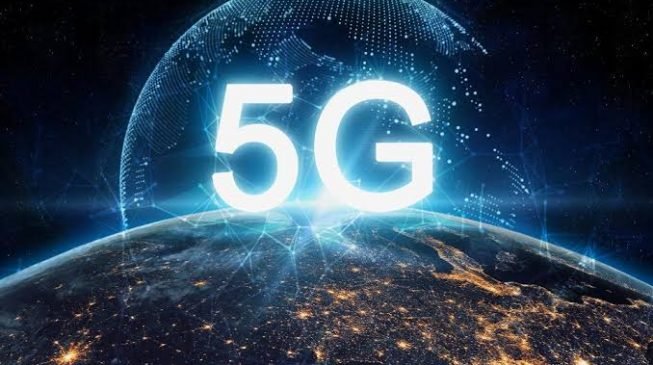Over the last ten years, 4G networks have been the standard wireless technology that most mobile consumers are familiar with around the world.
This technology has tremendously benefited many companies, from social media apps like Instagram and Snap Chat to transportation apps like Lyft and Uber. That’s because 4G networks have been able to offer reliable connectivity at great speeds.
However, 4G wireless technology still has several limitations, despite facilitating new ways of mobile consumption.
In the next decade, the rise of IoT (Internet of Things) connected devices will require robust mobile networks that can transmit huge sums of data in real-time. That is where the next generation networks known as 5G comes in.
This article will help you understand what 5G will mean for different industries and what lies in the future. But first, let’s understand what 5G means.
5g Wireless Technology Defined
5G is simply the abbreviation of fifth-generation wireless technology systems. The systems can transmit information faster compared to the previous, 4G network and can also rival the speeds achieved using fiber-optic cables.
According to early testing of the technology, 5G can achieve real-world speeds of up to 3Gbps (3000 Mbps). As such, downloading a movie on 5G would only take a few seconds.
While smartphones are the obvious use for 5G networks, there are other real-world applications of this technology.
For instance, IoT will benefit tremendously from the bandwidth and speeds provided by 5G, helping the industry to grow over the next decade. As a result, 5G-enabled IoT will facilitate robotic surgery, autonomous vehicles, and critical infrastructure monitoring, just to mention a few.
Which Industries Will 5G Disrupt?
The technology’s quantum leap in connectivity creates a great opportunity for many industries, though that also leads to large scale disruption. Today, industries like manufacturing, healthcare, and automotive are already embracing this technology to remain more connected than ever. As such, the effect on these industries might become very transformative once 5G is widespread.
That’s because:
- 5G networks support faster transmission of massive data streams compared to 4G due to
the lower latency of its devices. - It also enables better data transmission compared to 4G networks since it’s devices are
more reliable. - The technology is more flexible than Wi-Fi connections and can support a wide range of
sensors, wearables, and other devices.
What’s Next For 5G?
As leading wireless carriers like Verizon and AT&T plan to offer 5G services in 2021, the whole
telecommunication industry is working hard to capitalize on the shift. For instance, Qualcomm
unveiled its new Snapdragon 5G-enabled chipset last year, and they intend to have them installed
in high-end smartphones this year.
Late 2018, Verizon also launched 5G broadband internet networks in four major cities, and
they’re currently planning to extend their reach to 60 cities in the US by the end of 2020. Sprint
also followed in Verizon’s footsteps, launching 5G in four major US cities mid last year, and
they have extended their 5G network to nine cities.
According to industry experts, 5G will most likely affect the design of new smartphones and
other devices. However, it will take some time before smartphone manufacturers can master how
to integrate 5G antennas in mobile devices aesthetically.




